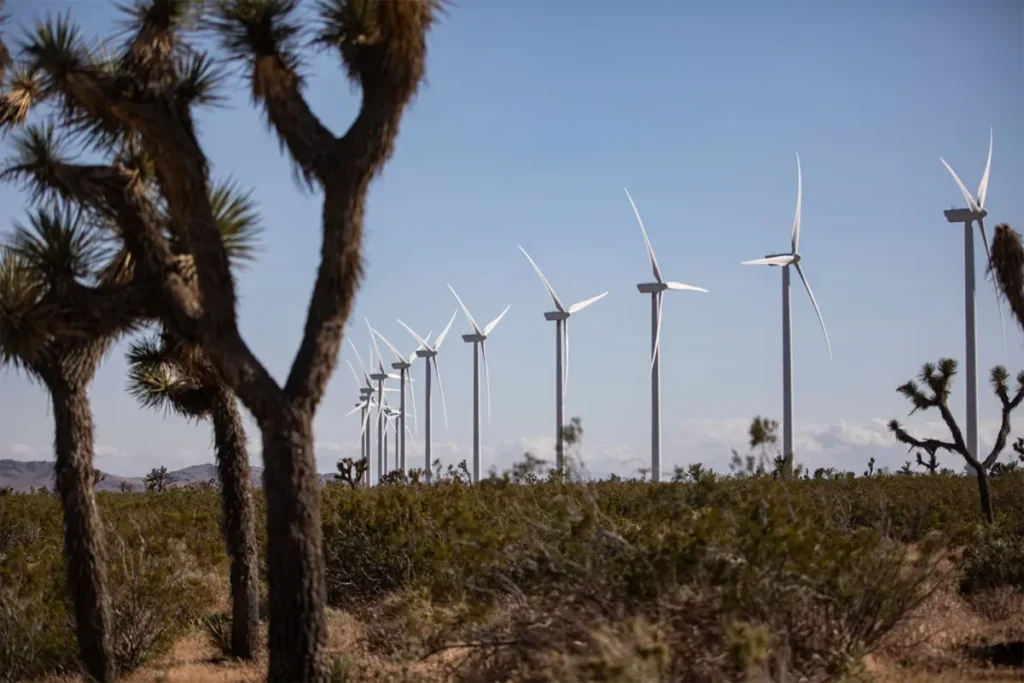For those committed to a sustainable future, understanding these dynamics is paramount. This report delves into recent developments that highlight the complex interplay between federal leverage, energy supply, and the critical need for sustainable action, particularly as the nation grapples with the voracious energy appetite of emerging technologies like Artificial Intelligence.
The Seismic Shift: Trump’s Redefinition of GOP Energy Policy
In a striking parallel to previous administrations, President Donald Trump is once again demonstrating a powerful capacity to redefine the nation’s energy trajectory. Much like President Joe Biden utilized federal funding and regulatory frameworks to champion renewable energy and climate initiatives, Trump is now wielding similar levers, albeit with a distinctly different focus: a robust and unequivocal backing of fossil fuels.
This strategic pivot within the Republican Party’s energy platform signals a significant departure from decades of evolving environmental discourse. While some conservative factions have historically shown openness to market-based solutions for environmental challenges or even acknowledged the need for diversified energy portfolios, Trump’s approach emphasizes deregulation, increased domestic oil and gas production, and a skepticism towards climate-centric policies. This stance is not without its internal dissent, as not all conservatives are uniformly aligned with a full-throttle embrace of fossil fuels, recognizing the long-term economic and environmental implications. The implications for climate action and the transition to cleaner energy sources are profound, potentially slowing the pace of decarbonization and reinvesting in infrastructure tied to conventional energy. For a deeper dive into climate-related discussions, visit Sustainable Action Now’s Climate Category.
The AI Energy Conundrum: Powering Progress, or Peril?
The burgeoning Artificial Intelligence sector promises transformative advancements across industries, but its rapid expansion comes with an immense and escalating demand for energy. New data centers, the literal engines of AI, require colossal amounts of electricity, putting unprecedented strain on existing power grids. It is within this context that a recent federal decision has raised significant concerns for energy infrastructure development.
In a move that appears to contradict stated goals of expanding the national energy network, the Trump administration has reportedly canceled a federal loan guarantee for a major power grid project. This decision, seemingly made amid the scramble to meet the new energy demands of AI, creates a perplexing paradox. On one hand, there’s a clear White House pledge to bolster the energy network to accommodate technological growth; on the other, a critical financing mechanism for a foundational grid project has been withdrawn.
This cancellation underscores a critical challenge: how to responsibly and sustainably power the future. Investing in robust, resilient, and clean energy infrastructure is not merely an environmental imperative but an economic and national security one. Without adequate transmission capabilities and diversified energy sources, the very technologies we seek to advance, like AI, could face bottlenecks and inefficiencies, hindering their potential. The decision highlights the urgent need for coherent, forward-thinking energy policies that prioritize both innovation and sustainability, ensuring that our technological progress doesn’t come at the expense of our planet or grid stability.
Broader Legislative and Administrative Currents
Beyond direct energy policy, the broader legislative and administrative landscape continues to shape the environment in which sustainable action must thrive. Recent actions in the Senate provide a glimpse into the ongoing work of governance.
The Military Construction, Veterans Affairs, and Related Agencies Appropriations Act, 2026 (HR 3944) recently saw its motion vote passed in the Senate. While primarily focused on funding for military infrastructure and veterans’ services, appropriations bills are critical mechanisms that allocate federal resources. The priorities embedded within such legislation, including investments in resilient infrastructure, energy efficiency within federal facilities, or even the broader economic health that enables private sector sustainable investments, can indirectly influence the national capacity for sustainable development.
Similarly, the Nomination of Terrance Cole to be Administrator of Drug Enforcement (PN 26-11), which also passed its confirmation vote in the Senate, represents another facet of federal administration. While seemingly unrelated to energy or climate, the leadership and priorities of key federal agencies can have ripple effects across various sectors, including resource management, public health, and even the enforcement of environmental regulations. A stable and effective federal government, with confirmed leadership in critical roles, is foundational to addressing complex challenges, including those related to environmental sustainability.
Charting a Sustainable Path Forward
The recent developments in U.S. energy policy and federal action underscore a dynamic and often contradictory environment. The push for fossil fuel dominance, coupled with infrastructure decisions that may impede grid expansion, presents significant hurdles for climate goals and the transition to a cleaner energy future. Yet, the growing energy demands of AI also highlight an undeniable truth: the need for reliable, abundant, and ultimately sustainable power is more urgent than ever.
For “Sustainable Action Now,” these shifts are not merely news items but calls to action. They emphasize the importance of continued advocacy for policies that prioritize renewable energy, grid modernization, and energy efficiency. They also highlight the need for public discourse that connects technological advancement with environmental responsibility. As the nation navigates these complex currents, informed engagement and a steadfast commitment to sustainable principles will be essential in shaping a resilient and thriving future.


